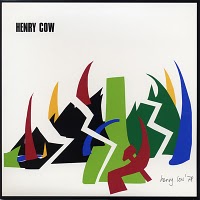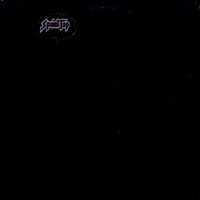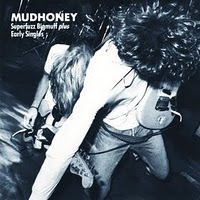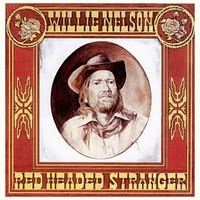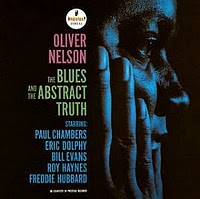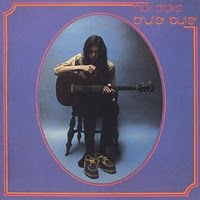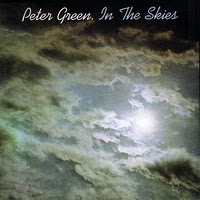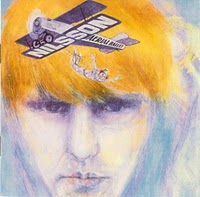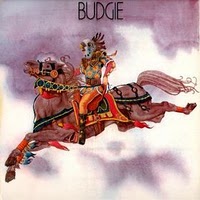 Love, Love is a monster of an album! Despite its age (30+ years), it’s a must for anybody interested in living, breathing, unexpected music. Julian Priester was an alumnus of Blue Note, Sun Ra and most importantly for this record, of Herbie Hancock’s revolutionary Mwandishi group which recorded only three albums in its all too brief lifetime. Each of those Mwandishi albums was a brilliant melding of the cosmic and earthy, extemporisation and groove. Love, Love was recorded after Hancock dissolved his sextet in order to explore an avowedly populist angle with the hugely successful Headhunters. Together with trumpeter Eddie Henderson’s two post-Mwandishi albums, Realization and Inside Out, Love, Love represents one of the late masterpieces of a style later christened “Kozmigroov”. Although comprising two lengthy slabs of music ly intended to be heard as a suite, it’s side one that grabs the listener by the lapels and proceeds to groove remorselessly for a full nineteen minutes. Love, Love however is no feelgood piece of happy-go-lucky frippery. Rather, its relentless bass vamp is likely to plough a deep furrow through your consciousness. Spine tingling shaken percussion presages the arrival of Nyimbo Henry Franklin and Ron McClure’s basses which well up and sweep forward, singularly intent upon adhering like superglue to the groove.
Love, Love is a monster of an album! Despite its age (30+ years), it’s a must for anybody interested in living, breathing, unexpected music. Julian Priester was an alumnus of Blue Note, Sun Ra and most importantly for this record, of Herbie Hancock’s revolutionary Mwandishi group which recorded only three albums in its all too brief lifetime. Each of those Mwandishi albums was a brilliant melding of the cosmic and earthy, extemporisation and groove. Love, Love was recorded after Hancock dissolved his sextet in order to explore an avowedly populist angle with the hugely successful Headhunters. Together with trumpeter Eddie Henderson’s two post-Mwandishi albums, Realization and Inside Out, Love, Love represents one of the late masterpieces of a style later christened “Kozmigroov”. Although comprising two lengthy slabs of music ly intended to be heard as a suite, it’s side one that grabs the listener by the lapels and proceeds to groove remorselessly for a full nineteen minutes. Love, Love however is no feelgood piece of happy-go-lucky frippery. Rather, its relentless bass vamp is likely to plough a deep furrow through your consciousness. Spine tingling shaken percussion presages the arrival of Nyimbo Henry Franklin and Ron McClure’s basses which well up and sweep forward, singularly intent upon adhering like superglue to the groove.
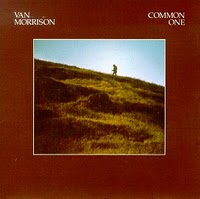 If not the least accessible and popular Van album, it is definitely one of them. Having two songs that both go over fifteen minutes, being made in a week, and carrying a very experimental jazz vibe it sounds unique in Van’s catalog.
If not the least accessible and popular Van album, it is definitely one of them. Having two songs that both go over fifteen minutes, being made in a week, and carrying a very experimental jazz vibe it sounds unique in Van’s catalog.

